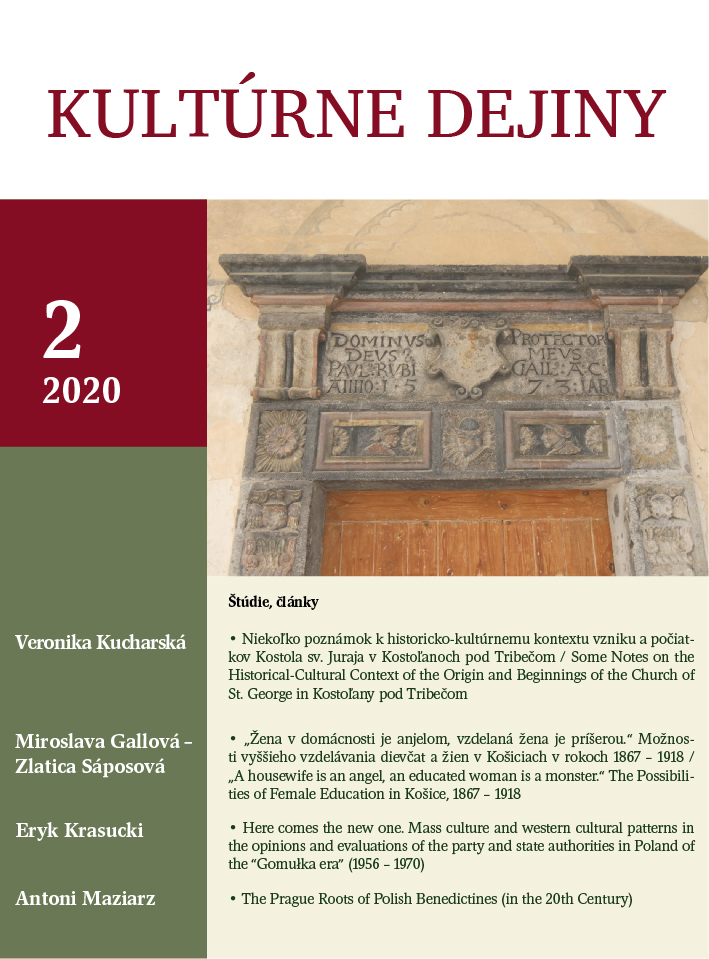The Prague Roots of Polish Benedictines (in the 20th Century)
The Prague Roots of Polish Benedictines (in the 20th Century)
Author(s): Antoni MaziarzSubject(s): Christian Theology and Religion, History, Local History / Microhistory, Recent History (1900 till today)
Published by: VERBUM - vydavateľstvo Katolíckej univerzity v Ružomberku
Keywords: Benedictines; monastery; Emaus Monastery in Prague; Lubiń, Klemens Dąbrowski OSB; Arnošt Vykoukal OSB;
Summary/Abstract: As a consequence of the nineteenth-century dissolution of religious orders, no male Benedictine monastery survived in Poland. Renewal of religious life was undertaken by Father Klemens Dąbrowski (1875 – 1953), from 1909 a monk of the Emaus Monastery in Prague. He found a depth of spiritual life there. During the Great War he was involved in helping Polish refugees. After its conclusion, he decided to return to Poland. In the years 1919 – 1923 he attempted to create a Polish foundation based on the monastery in Prague (at the Holy Cross and in Tomaszów Mazowiecki). Left without help, he did not realize his plans there. His prior, Father Arnošt Vykoukal, offered help, but he did not have the resources to effectively support the Polish monk. The plan of Father Dąbrowski was finally implemented in 1924 when the monastery in Lubiń was established. Financial and personal support was sent there. For these reasons, it is difficult to imagine the revival of Polish male monasteries without the abbey in Prague. Father Dąbrowski described his struggle to create the first Polish monastery after the dissolution period in interesting chronicles. The following study also used materials from the religious archives in Prague, Zevenkerken (Belgium), Kęty, Tyniec, Lubiń, Krzeszów, Częstochowa, Poznań, and state archives in Warsaw, Wrocław, Kraków, London.
Journal: Kultúrne dejiny
- Issue Year: 11/2020
- Issue No: 2
- Page Range: 262-282
- Page Count: 21
- Language: English

